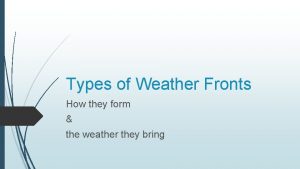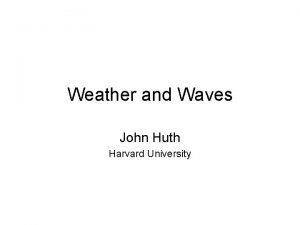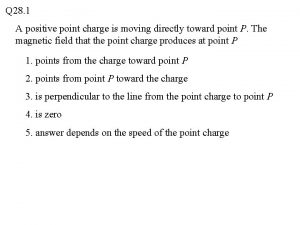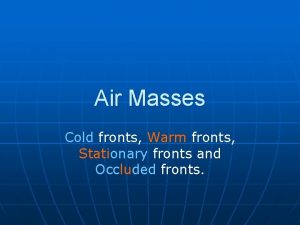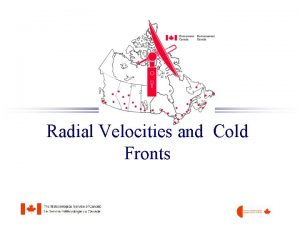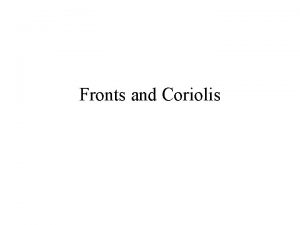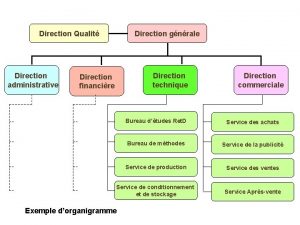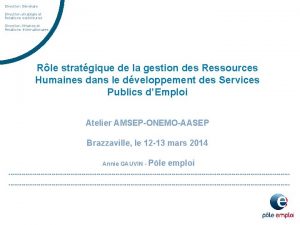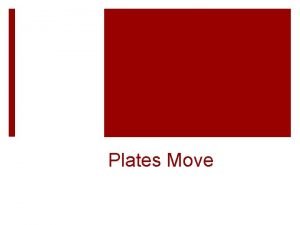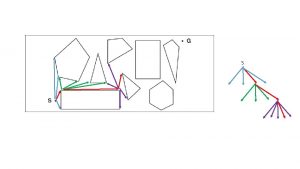Fronts move in the direction they point Cold















- Slides: 15


Fronts move in the direction they point!

Cold Front- a cold air mass replaces a warmer air mass bringing colder temperatures Can trigger thunderstorms with large hail, dangerous winds, and even tornadoes

Warm Front- warm air mass is replacing a cold air mass Can bring warmer weather, moisture, which can mean a lot of rain.

Stationary Front- pair of air masses, neither of which is strong enough to replace the other. Often bring several days of cloudy, wet weather.

High Pressure Explanation: Happy Weather: -Clear Skies -Sunny -Dry Air -No precipitation

Low Pressure Explanation: Lousy Weather: -Cloudy Skies -Moist Air -Precipitation


A Barometer measures air pressure. An Italian scientist named Torricelli built the first barometer in 1643. People still use barometers based on Torricelli's design to measure air pressure.

A Thermometer measures air temperature. A Thermometer works because matter expands when heated. Most thermometers are closed glass tubes containing liquids such as alcohol. When air around the tube heats the liquid, the liquid expands and moves up the tube. A scale then shows the actual temperature of the air.

A Rain Gauge is used to measure amount of precipitation. An official Rain Gauge consists of a large cylinder with a funnel and a smaller measuring tube inside.

An Anemometer measures wind speed. The cups catch the wind, turning a dial attached to the instrument. The dial shows the wind speed. Wind speed can be estimated without special tools by observation.

A Hygrometer is an instrument used to measure the humidity of the air. A mechanical Hygrometer uses human or horse hairs which stretch as they absorb moisture.

A Wind Vane is used to measure wind direction. It spins on a rod and points in the direction from which the wind comes.

A Weather Map is used to measure shows the weather around the county.
 Why are cold fronts steeper than warm fronts
Why are cold fronts steeper than warm fronts How to draw an occluded front
How to draw an occluded front Kinds of fronts
Kinds of fronts Beaufort scale
Beaufort scale Lateral thinking riddle
Lateral thinking riddle Principle hair design
Principle hair design Welcome 1 unit 10 lesson 1
Welcome 1 unit 10 lesson 1 Longshore currents move sediment as they _____.
Longshore currents move sediment as they _____. Sometimes you win some sometimes you lose some
Sometimes you win some sometimes you lose some God when you choose to leave mountains unmovable
God when you choose to leave mountains unmovable Wheelbarrow bottle opener simple machine
Wheelbarrow bottle opener simple machine A positive point charge which is free to move
A positive point charge which is free to move Moving point to point
Moving point to point Phschool weather fronts
Phschool weather fronts Fronts symbols
Fronts symbols Traditional drawer construction
Traditional drawer construction


